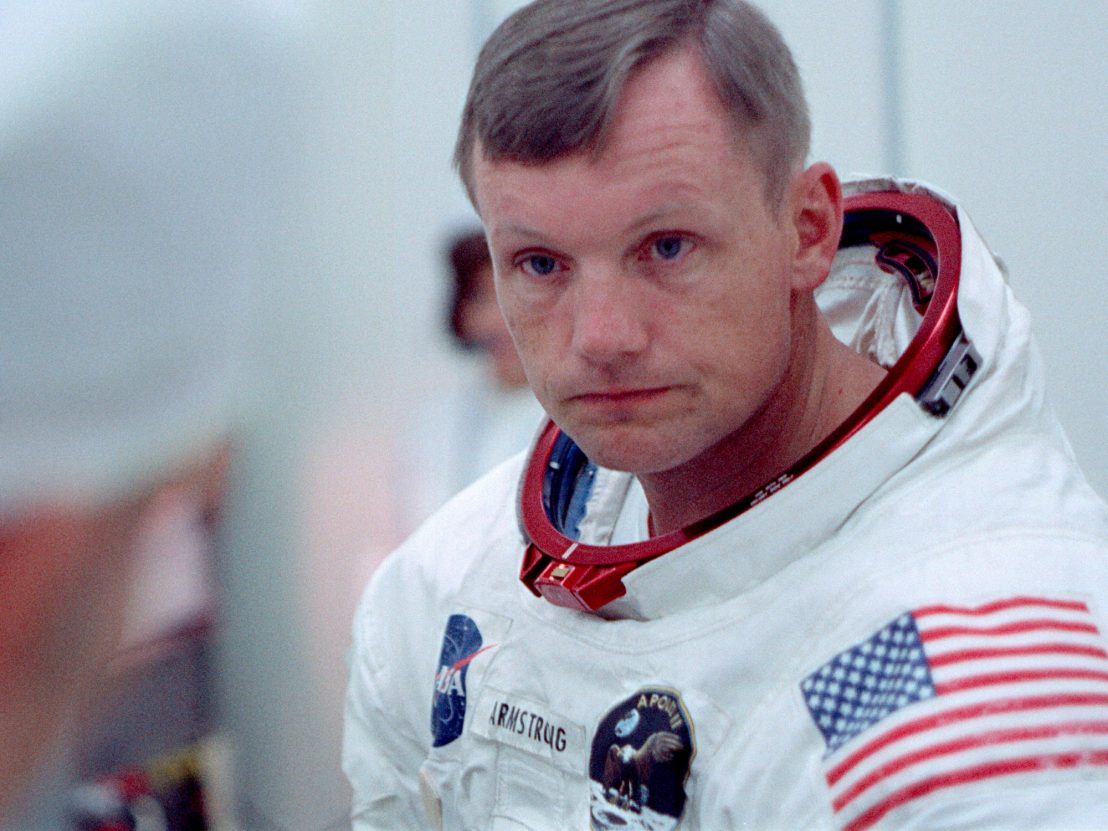
The documentary Apollo 11 shows the moon landing mission as you’ve never seen it. Incorporating a recently rediscovered collection of 65mm film from NASA’s archive, Todd Douglas Miller’s film is a visual feast for large format and NASA aficionados alike. Whether it’s a towering shot of the Saturn-V rocket, the staggering amount of detail in a shot of the crawler carrying it to the launch pad, or Buzz Aldrin’s strong stare into the camera, the film is frequently jaw-dropping. And like the events it depicts, Apollo 11 has pushed technical boundaries via the use of a custom-built 8K film scanner.
“One of the most frustrating things we had to do was to find out the provenance of this footage,” Miller tells LWLies. Some of it previously found its way into the 1971 documentary Moonwalk One, albeit copied onto 35mm and cropped to save costs. As the film’s archive producer Stephen Slater explains, “Now we’re seeing them how they should have been seen, and now you’re seeing all the other stuff that was never even used.”
The ins-and-outs of who shot what and for what purpose are still being figured out. “All we knew was that there were some reels marked with ‘Apollo 11,’” recalls Miller, “and if you were even more lucky there was a shot list.” This ongoing work is tangentially linked to another project, Al Reinhart’s 1989 documentary For All Mankind, which helped to catalogue NASA’s collection of 16mm footage from the various Gemini and Apollo missions and bring it to the big screen. “It pains me that Al didn’t get to see this film,” says Miller, “because he always said he just loved watching footage of man walking on the moon.”
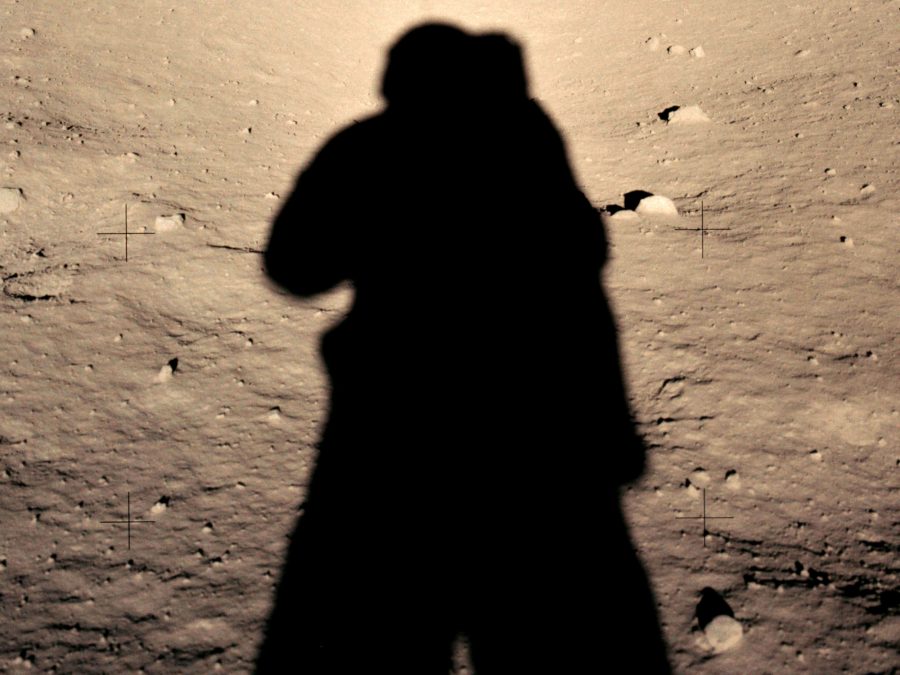
The 16mm footage recorded by Buzz Aldrin, Neil Armstrong and Michael Collins, and other moments captured by engineers on the ground, makes up a large portion of Apollo 11, which unfolds through purely archival means, foregoing the use of present-day talking heads. Slater was instrumental in realising this, with the film giving him license to expand on his long-running work syncing up NASA’s silent 16mm archive with air-to-ground flight loop audio. Thanks to Slater, we get to see and hear the engineers uttering commands, forging a connection between those in mission control and the moon-bound astronauts.
While Armstrong, Aldrin and Collins are suiting up for the mission, a young woman is seen standing at a control panel that prints out their heart rates in real time, marking specific moments with a marker pen. This shot might have been deemed trivial next to the sight of three national heroes preparing for their historic mission, but the film’s astute balance of sound and image really underscores the significance of her involvement.
Eric Milano’s sound design work on the film also emphasises the importance of the audio. As Miller explains, “We spent a long time trying to get the sound of the Command Module right, like the hum and the interior noise, because it varied on the onboard recordings depending on where they had the recorder.” If you’re watching footage in the Command Module listening the voices of CAPCOM mainstays Charlie Duke or Bruce McCandless, their voices reverberate as if you were sat alongside the astronauts.
“If you’re on the beach as people are watching the launch, the shot will pan around, and you’ll hear a radio broadcast,” adds Slater, “and it’ll sound like it’s coming out of that specific radio. I love that.” Beyond the voices of those involved in the mission, the film’s sound design comprises a symphony of beeps, whirrs and static noises, as various pieces of electrical machinery from multiple transmissions transport the viewer back to July 1969.
The authenticity of the sound design became just as pivotal to the project as the celluloid footage. Miller remembers feeling “really excited, like, ‘we nailed it!’” at a test screening with Armstrong’s sons and Collins present, only to be informed that they’d missed out the signature popcorn-like noise the Saturn-V rocket made as it left the atmosphere. “We put our tail between our legs and went back to New York,” he jokes.
With those involved in the mission growing older, and several of them having passed away, the notion of Apollo 11’s footage as a time capsule grows increasingly important. “It was really about taking notes from people who were there and going back” says Miller, underscoring the impact of first-hand knowledge upon the assembly of the film.
Through the sound archive and sound design, the footage gains additional layers that make for an incredibly textured viewing experience. Apollo 11 is more than just a collection of astounding clips, it’s an exercise in activating the archive, making you feel closer to those events through the people who played a crucial part in it. The film expands our understanding of the mission. It is cinema as education as much as it is cinematic spectacle.
Apollo 11 is released 28 June. Read the LWLies Recommends review.
Published 26 Jun 2019
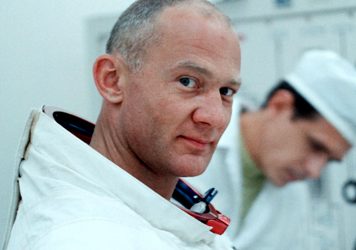
Half a century on from mankind’s giant leap, this documentary brings the mission back to life in stunning clarity.
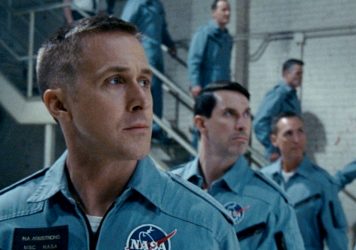
Damien Chazelle’s dramatisation of the Apollo 11 mission only scratches the surface of its human subject.
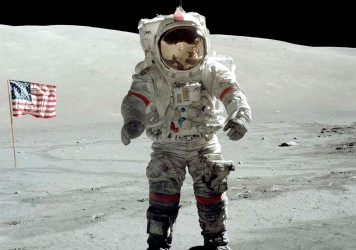
Meet Eugene Cernan, the last man to lay his feet on the lunar surface, in this doc on the impossibility of the American Dream.